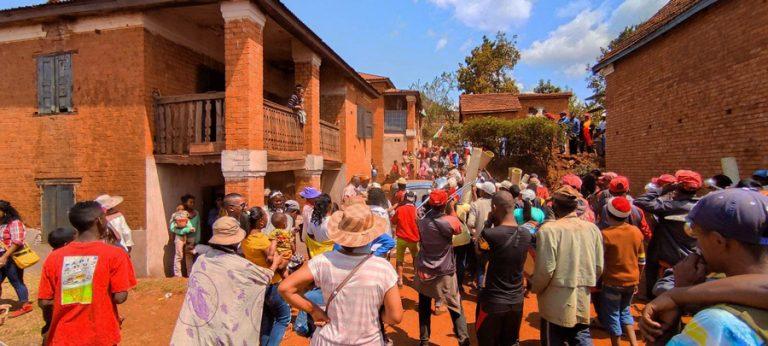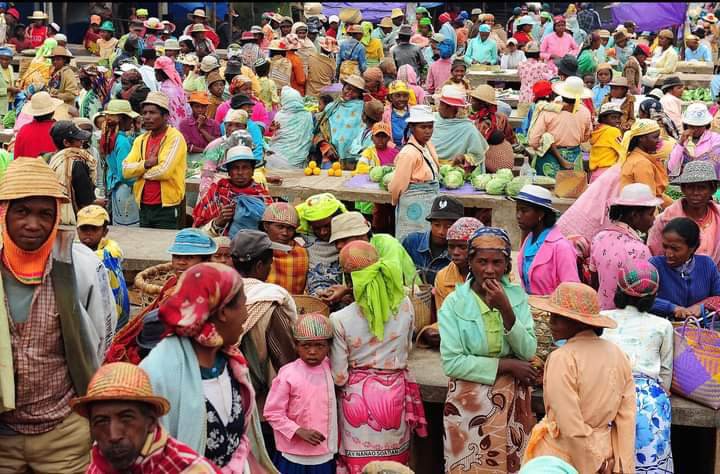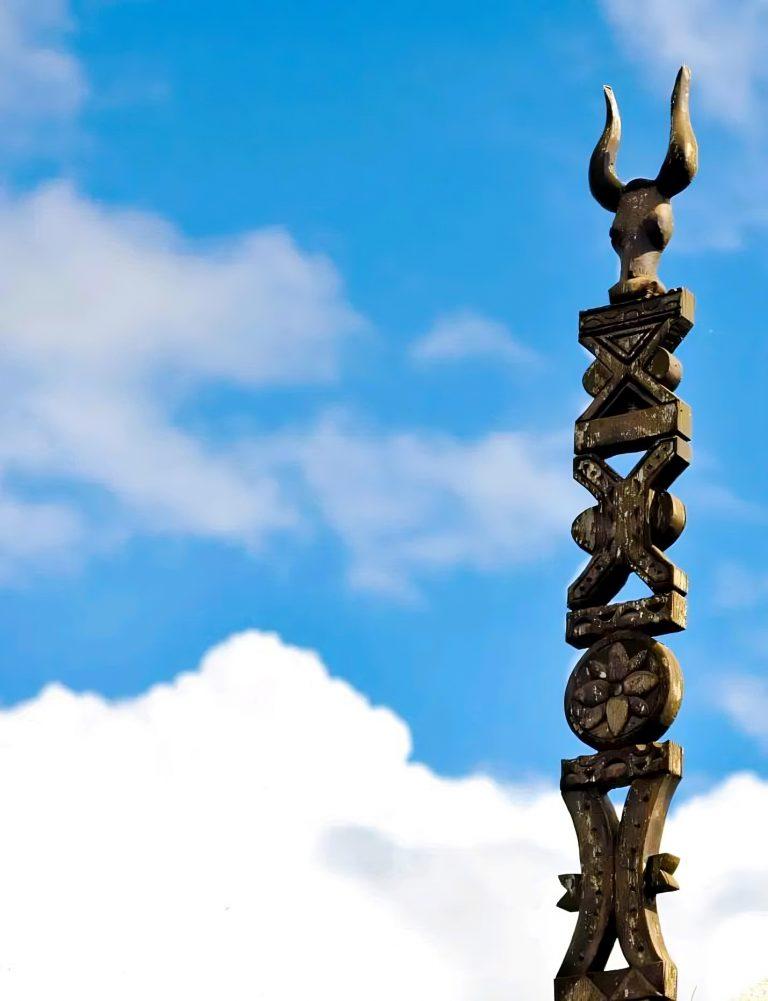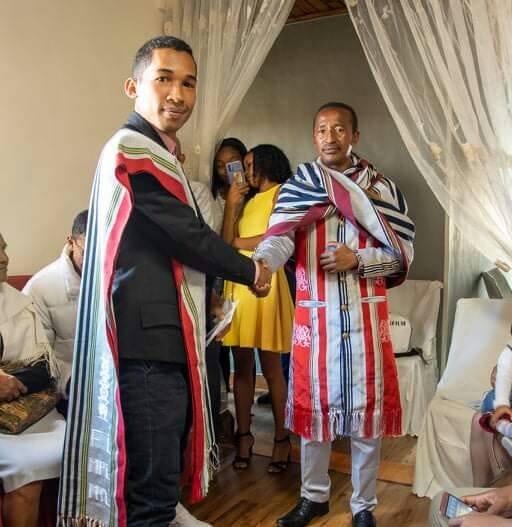Fossa of Madagascar
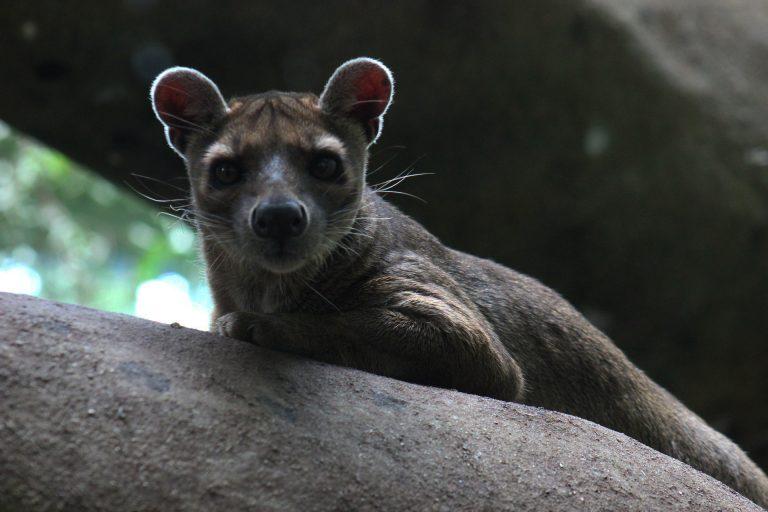
One of the rare species of Madagascar, this animal often lives in the forest for fear of being hunted by the local population. Half cat, half dog it is the largest carnivore of Madagascar. It is probably the result of an evolution of carnivorous mammals that arrived on the island several years ago.

